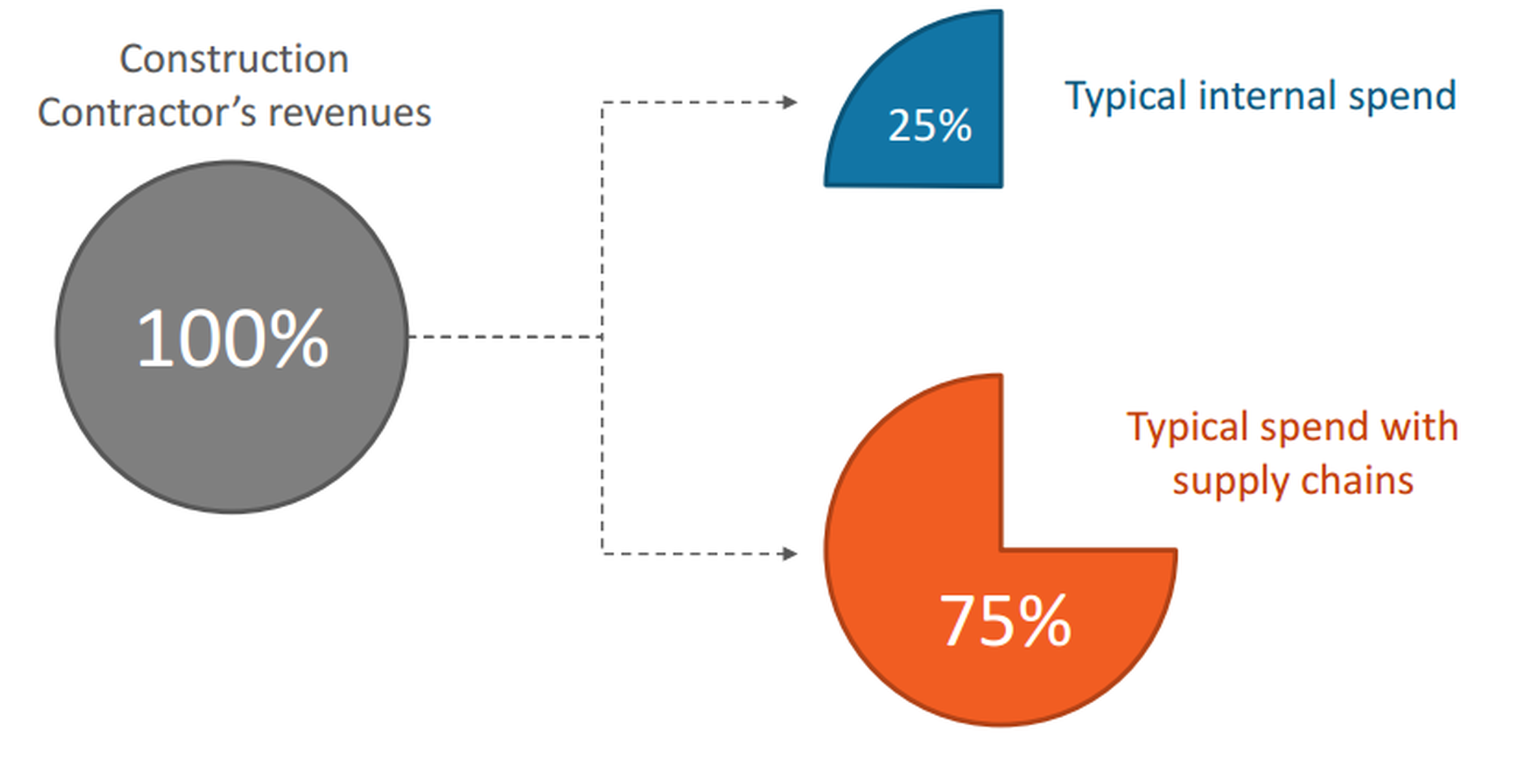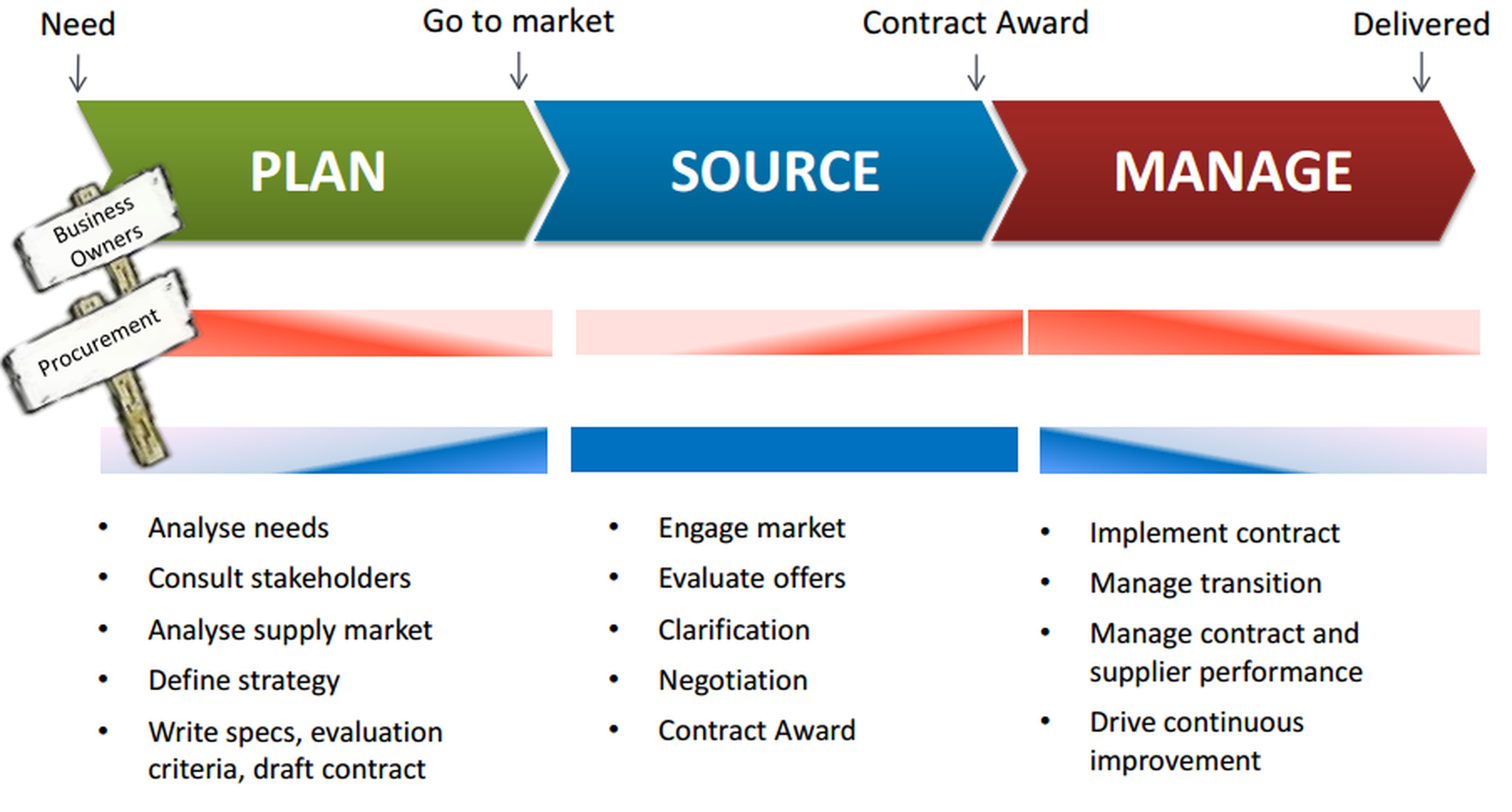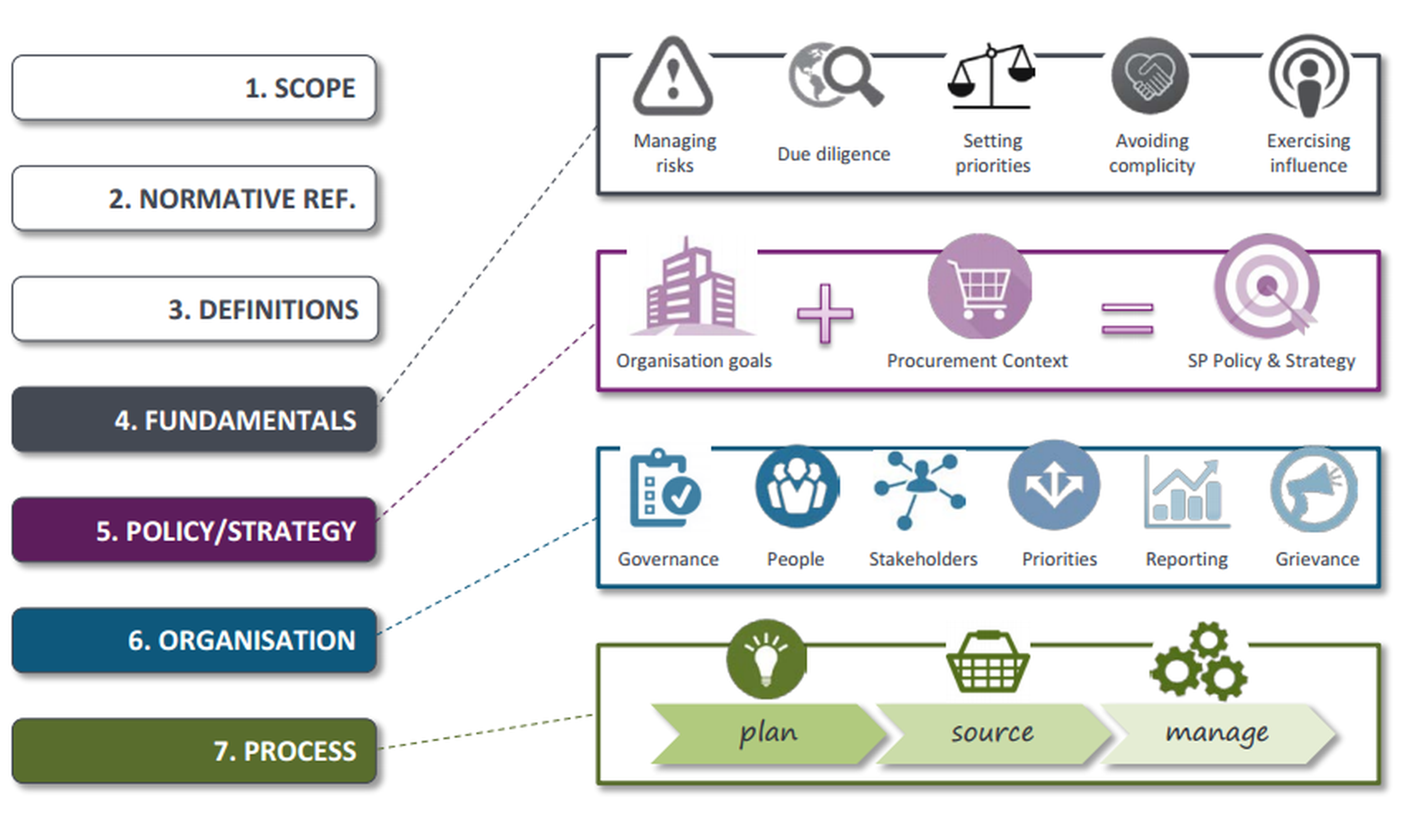New Guidance on Sustainable Procurement: ISO 20400
26 May 2017
Making sustainable choices as a business isn’t just about maintaining corporate social responsibility. These choices can and should act to boost profits, strengthen business partnerships and build trust with consumers.
There’s a new standard on sustainable procurement, ISO 20400, that will stand testament to this.
Launched in the NSW parliament on 31 May, Jean-Louis Haie has been leading the development of the standard on home soil after it was published internationally in April this year.
Pulling studies undertaken by Ecovadis and HEC, organisations who adopt sustainable procurement practices improve their brand reputation and develop strong supplier relationships.
Contractors spend 70 to 80 per cent of revenues on their supply chain. So if an organisation only adopts sustainable practices internally, its impact on sustainability will be necessarily limited. It’s for this reason that a standard on sustainable procurement is not only crucial, but beneficial.

Haie says that procurement has a significant impact in sustainability because of its pivotal governance role, through defining requirements, scope of work, briefs as well as all agreements, purchase orders or contracts.
“You can't actually achieve your sustainability objectives without having an efficient procurement function or mechanism to manage the interaction between the stakeholders and the supply chains.”
There’s a complex relationship between supply and demand when it comes to procurement, something which Haie believes ISO 20400 will simplify and streamline the process.
“People from procurement and sustainability have traditionally struggled to work effectively because they don't have the same objectives, sometimes they don't have the same experience, mindset and culture. It’s challenging and that’s why this standard is needed.”
Haie says it is important to understand that sustainable procurement is not just about the go to market or sourcing exercise, but includes the planning phase as well as the management phase.

“Sustainable procurement is an end-to-end process. It includes everything you do before you go to the market such as risk analysis, market analysis, needs analysis, defining the right strategy to engage with the market. But we're also talking about everything that happens after contract award.
“Once the contract is awarded, that is when you start to deliver sustainability outcomes through contract implementation, management of transitions, managing supplier performance and relationship , all of that.”
In any business, the procurement process is passed through many different hands. This is addressed in IS0 20400 through identifying who is managing each stage, as sourcing is often handled by a team other than that which manages the contract. Planning can also be done by a different team, meaning the standard has been written in plain English, so no matter who’s hand it passes through during the process, anyone can understand it.
Aside from streamlining the logistical aspect of procurement, the standard will also aim to eliminate major health risks posed by importing products from global markets.
In July 2016, asbestos was found in the Queensland Government's brand new executive building for the Queensland Government.
Haie says this was due to difference in regulations at the supply source in China, where they are allowed to have a minimal percentage of asbestos in the products but still call it asbestos free.
This dramatic example highlights the challenges of evaluating the sustainability of contractors, suppliers and materials. Often contactors are inundated by sustainability questions that place a significant burden on them and often the responses are not effectively used for corrective actions. The new standard addresses the practicality of these kinds of challenges.
“What we're saying in the standard is to think about the most relevant sustainability questions and how you will effectively compare suppliers,” says Haie.
Another challenge is what happens after the contract is awarded.
“I helped a big organisation integrate sustainability on a facility management contract for a big building. We did a pretty good job, including all the right sustainability requirements, evaluating suppliers, initiating fruitful discussions to make sure that they understood our requirements. Everybody was happy with the outcomes of the process,” explains Haie.
“But when we looked at how sustainability was actually integrated on the contract a year later, many of the products we had required were not there. They had brought in a new supplier and during the transition phase they just didn't think about the sustainability aspects of the contract,” he continues.
The standard itself is actually a guidance standard, as opposed to standards such as ISO 14001 or ISO 9001 which are designed to satisfy management system standards, with an auditor evaluating the organisation and certifying it as complying with the standard. For ISO 20400, it is more a flexible framework, with a compilation of good practises that can be used as required.
Haie says the reason behind that is that there are so many sustainability issues that it would be too complex to reach a consensus on a rigid process that could define sustainable procurement. It can also apply to any organisation, regardless of sector size or location.
The standard covers all the core subjects of sustainability including community involvement and development, consumer issues, fair operating practices, the environment, labour practices, and human rights.
Why is this important?
It addresses the challenge of supply chains in global markets, such as cultural differences, different definitions and regulations.
Solutions set out in the standard include managing risks, due diligence, setting priorities, avoiding complicity and exercising influence.

The standard also addresses organisational requirements at the middle management level, including what sort of governance you should have, people management and training, stakeholder engagement, prioritisation, reporting and grievance processes. The last section sets out the procurement process itself, including planning, sourcing and contract management.
ISO 20400 is in its infancy, but it’s already garnered a lot of support. The NSW government is now considering how it will align its procurement framework using the standard and the Tokyo 2020 Olympic Games are referring to it in their sourcing code of conduct.
The standard is quite new but there is already a lot of movement around it. Haie said the New South Wales government is considering how they may align their procurement framework with it and that the Tokyo 2020 Olympic Games are actually referring to the ISO standard in their sourcing code of conduct.
You can find out more about the standard at the community website ISO20400.org.
You can view a webinar recording of Jean-Louis Haie speaking on the new standard.